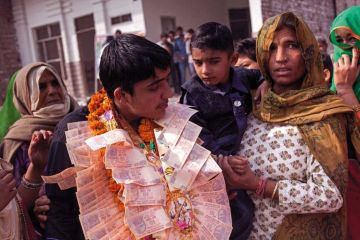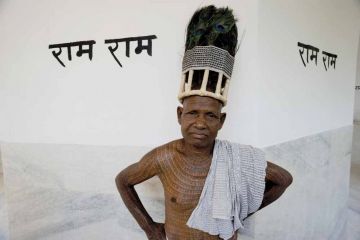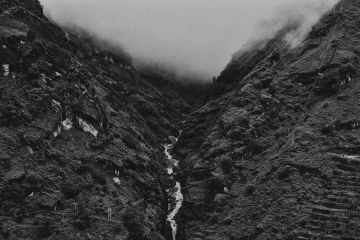The Chhau dance is a genre of martial dance performed by tribals in the
states of West Bengal, Orissa and Jharkhand. Based on place of origin and
development, this dance can be classified in three subgenres—Seraikella Chhau,
Mayurbhanj Chhau, and Purulia Chhau.
The Purulia Chhau and Seraikella Chhau are more popular than Mayurbhanj
because of their vigour. The major difference among the three is regarding the
use of masks. While Seraikella and Purulia use masks, Mayurbhanj Chhau does
Continue reading “Behind the mask tales of decline”
Read this story with a subscription.





